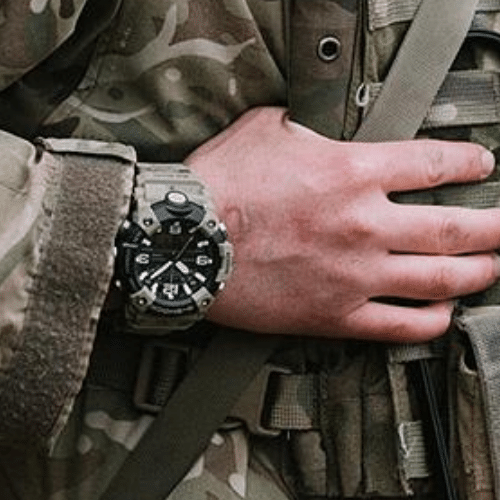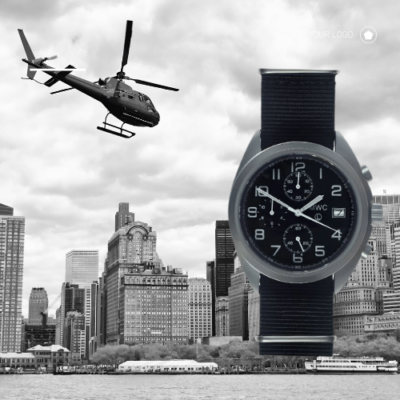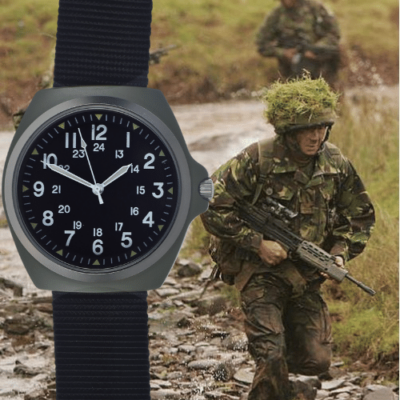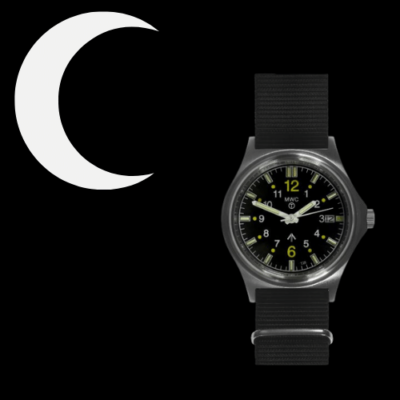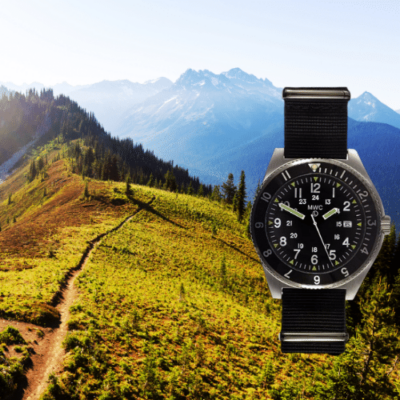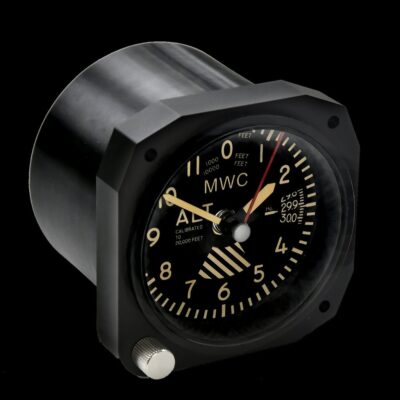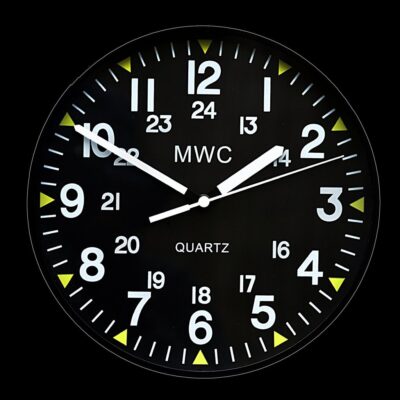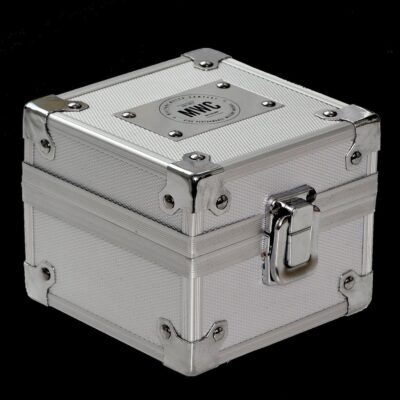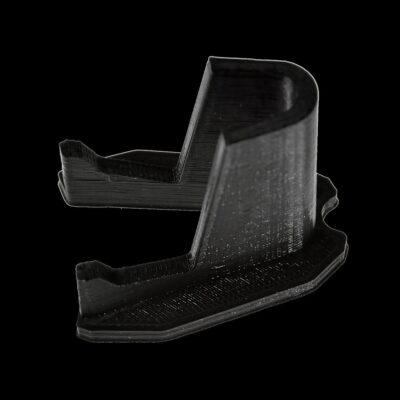News
First F-35s Arrive in the Philippines as U.S. Escalates Military Containment of China
The U.S. Air Force has made its first ever deployment of F-35A fifth generation fighter aircraft to the Philippines, with the aircraft landing at Clark Air Base in Pampanga as part of the bilateral Cope Thunder Philippines aerial combat exercise. The exercise involves more than 2,500 personnel, including approximately 225 U.S. Pacific Air Forces crew and 2,301 Philippine Air Force personnel. The Philippines is the United States’ only major strategic partner in the Pacific that has not itself placed orders for the F-35, with the country having instead invested in doubling its fleet of much higher South Korean FA-50 fourth generation fighters. The Southeast Asian country has played a critical role in Western plans to increase military pressure on China, with the F-35, as the only fifth generation fighter class in production in the Western world, being key to these plans. The fighter is the only one outside China considered comparably sophisticated to the Chinese People’s Liberation Army’s J-20 and new J-35 fifth generation fighters.

The deployment of F-35s to the Philippines follows prior escalation of the U.S. military presence in the country with the deployment of the Typhon Mid-Range Capability system. The new system is capable of providing air defence, targeting enemy warships using the 370 kilometre range SM-6 missile, and launching long range surface-to-surface strikes using the Tomahawk land attack cruise missile. The missile’s 1,600 kilometre range is sufficient to strike targets across most of China’s East Coast, including as far as Nanjing, Shanghai and Wuhan. China’s lack of bases close to the continental United States has limited its ability to respond symmetrically to such escalation, although the People’s Liberation Army has increased exercises in the Eastern Pacific, including deployment H-6 bombers for their first ever patrols off the coast of Alaska in June 2024. The rapid growth in the capabilities of the Chinese destroyer, carrier, attack submarine and bomber fleets are expected to allow the country’s armed forces to significantly expand their operations near the American mainland to respond to the continued American and broader Western military buildup in East Asia.

